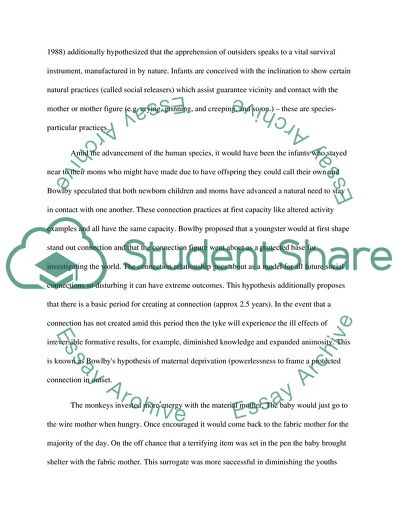Cite this document
(Aspects of Early Socialisation Coursework Example | Topics and Well Written Essays - 2000 words, n.d.)
Aspects of Early Socialisation Coursework Example | Topics and Well Written Essays - 2000 words. https://studentshare.org/psychology/1872986-early-socialisation
Aspects of Early Socialisation Coursework Example | Topics and Well Written Essays - 2000 words. https://studentshare.org/psychology/1872986-early-socialisation
(Aspects of Early Socialisation Coursework Example | Topics and Well Written Essays - 2000 Words)
Aspects of Early Socialisation Coursework Example | Topics and Well Written Essays - 2000 Words. https://studentshare.org/psychology/1872986-early-socialisation.
Aspects of Early Socialisation Coursework Example | Topics and Well Written Essays - 2000 Words. https://studentshare.org/psychology/1872986-early-socialisation.
“Aspects of Early Socialisation Coursework Example | Topics and Well Written Essays - 2000 Words”. https://studentshare.org/psychology/1872986-early-socialisation.


